While attending the annual Garifuna Film Festival held here in Los Angeles, we watched films about indigenous cultures, and saw the 1985 Academy Award-winning documentary Broken Rainbow, directed by Victoria Mudd, which discusses the history of injustice towards the Native American people. The film talked about The Long Walk of the Navajo, which was the 1864 deportation and attempted ethnic cleansing of the Navajo people by the U.S. government. 8,000 Navajos were forced to walk more than 300 miles at gunpoint from their ancestral homelands in northeastern Arizona and northwestern New Mexico to an internment camp in Bosque Redondo, which was a desolate tract on the Pecos River in eastern New Mexico. Many died along the way. From 1863 to 1868, the U.S. Military persecuted and imprisoned 9,500 Navajo (the Diné) and 500 Mescalero Apache (the N’de). Living under armed guards, in holes in the ground, with extremely scarce rations, it is no wonder that more than 3,500 Navajo and Mescalero Apache men, women, and children died while in the concentration camp.
During the film I learned about something that shook me to my core that I had not heard before. I learned that the genocidal mentality and actions of the U.S. policy makers would find similar expression years later when the Nazis, under Hitler, studied the plans of Bosque Redondo to design the concentration camps for Jews.
As Pulitzer Prize-winning author, John Toland, notes in his book Adolf Hitler (pg. 202):
Hitler’s concept of concentration camps as well as the practicality of genocide owed much, so he claimed, to his studies of English and United States history. He admired the camps for Boer prisoners in South Africa and for the Indians in the wild west; and often praised to his inner circle the efficiency of America’s extermination—by starvation and uneven combat—of the red savages who could not be tamed by captivity.
He was very interested in the way the Indian population had rapidly declined due to epidemics and starvation when the United States government forced them to live on the reservations. He thought the American government’s forced migrations of the Indians over great distances to barren reservation land was a deliberate policy of extermination. Just how much Hitler took from the American example of the destruction of the Indian nations is hard to say; however, frightening parallels can be drawn. For some time Hitler considered deporting the Jews to a large ‘reservation’ in the Lubin area where their numbers would be reduced through starvation and disease.
Dr. David A. Meier notes in Hitler’s Rise to Power:
His favorite game to play outside was cowboys and Indians. Tales of the American West were very popular among boys in Austria and Germany. Books by James Fenimore Cooper and especially German writer Karl May were eagerly read and re-enacted. May, who had never been to the American West, invented a hero named Old Shatterhand, a white man who always won his battles with Native Americans, defeating his enemies through sheer will power and bravery. Young Hitler read and reread every one of May’s books about Old Shatterhand, totaling more than 70 novels. He continued to read them even as Führer. During the German attack on the Soviet Union he sometimes referred to the Russians as Redskins and ordered his officers to carry May’s books about fighting.
Parallels
Some of the parallels include the death marches when the Nazis forced hundreds of thousands of prisoners from Nazi concentration camps and prisoner of war camps near the eastern front to camps inside Germany away from front lines and allied forces. I saw an image from May 11, 1945, where German civilians were walking past bodies of 30 Jewish women starved to death by German SS troops in a 300-mile march across Czechoslovakia. It made me think about how The Long Walk of the Navajo was also 300-miles, and many of the Native Americans died of starvation.
I thought about how the Nazis were burning Jewish books and burying bodies in mass graves, and the parallels of how Indian cultures were also erased, libraries of oral tradition functionally burned, and many were buried in mass graves under bibles.
We must listen…
We don’t talk about the correlation as much as we should between the Native American Holocaust and the Jewish Holocaust. I often hear people dismiss the correlation between the suffering of our people and that of others. They felt that there is no comparison between the magnitude of horror and death that happened during the Jewish holocaust. I am by no means saying that the Jewish Holocaust was not one of humanity’s darkest hours, but I believe that we must put down our measuring stick of who had it worse.
I’ve witnessed this attitude within many different cultures. Although not always, when I hear people say “ours was worse then theirs,” I see it as ultimately a lack of empathy and an attitude of indifference towards a grouping of people who have suffered from the same evilness that Hitler was fueled by. And like Elie Wiesel said, “Indifference, to me, is the epitome of evil.” These conversations of “ours is worse then theirs” in regards to any grouping of people who have suffered from such evilness, MUST stop.
Open discussions about the Native American Holocaust need to happen, so that we may understand the very blueprint of Hitler’s reign. To truly achieve “Never Again” we must hear the stories of others who have also endured humanity’s darkest times, especially in the land in which we reside.







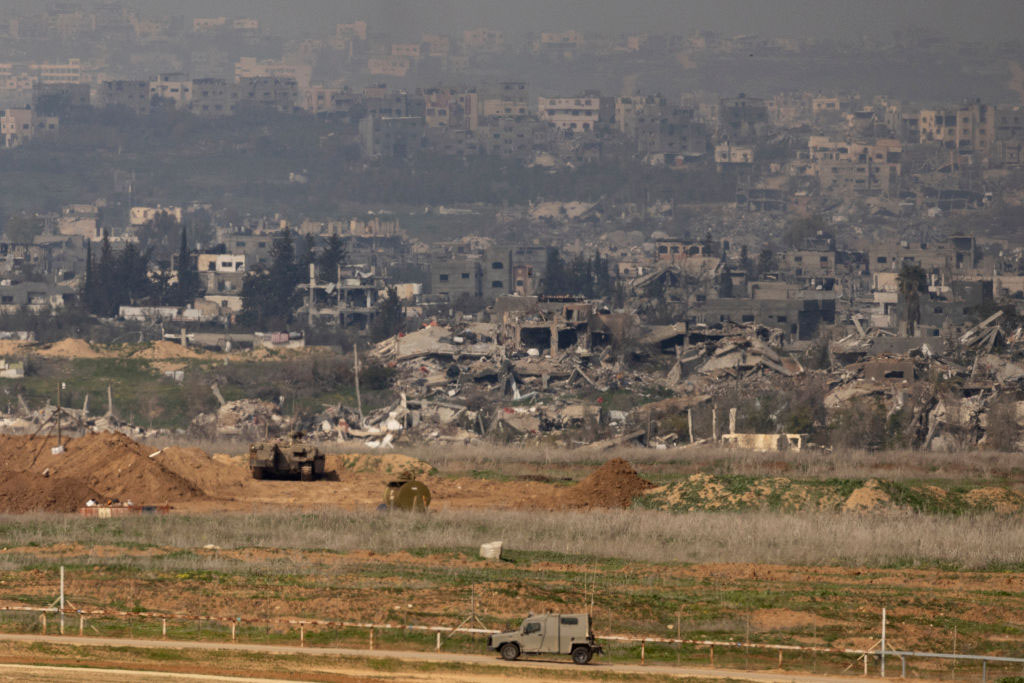


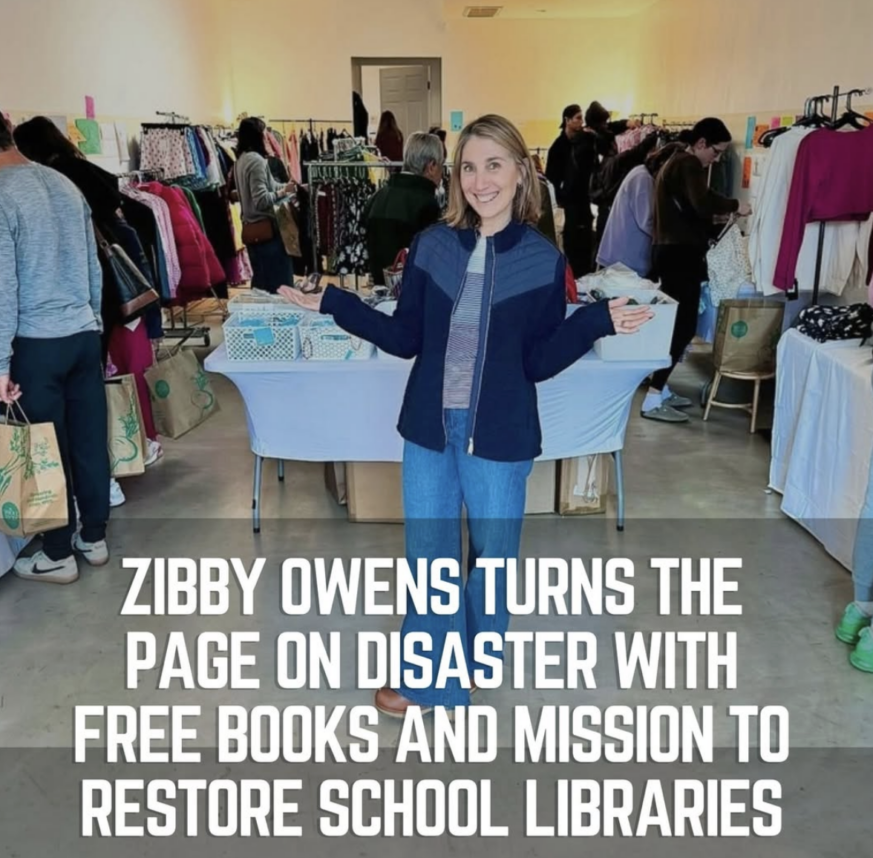

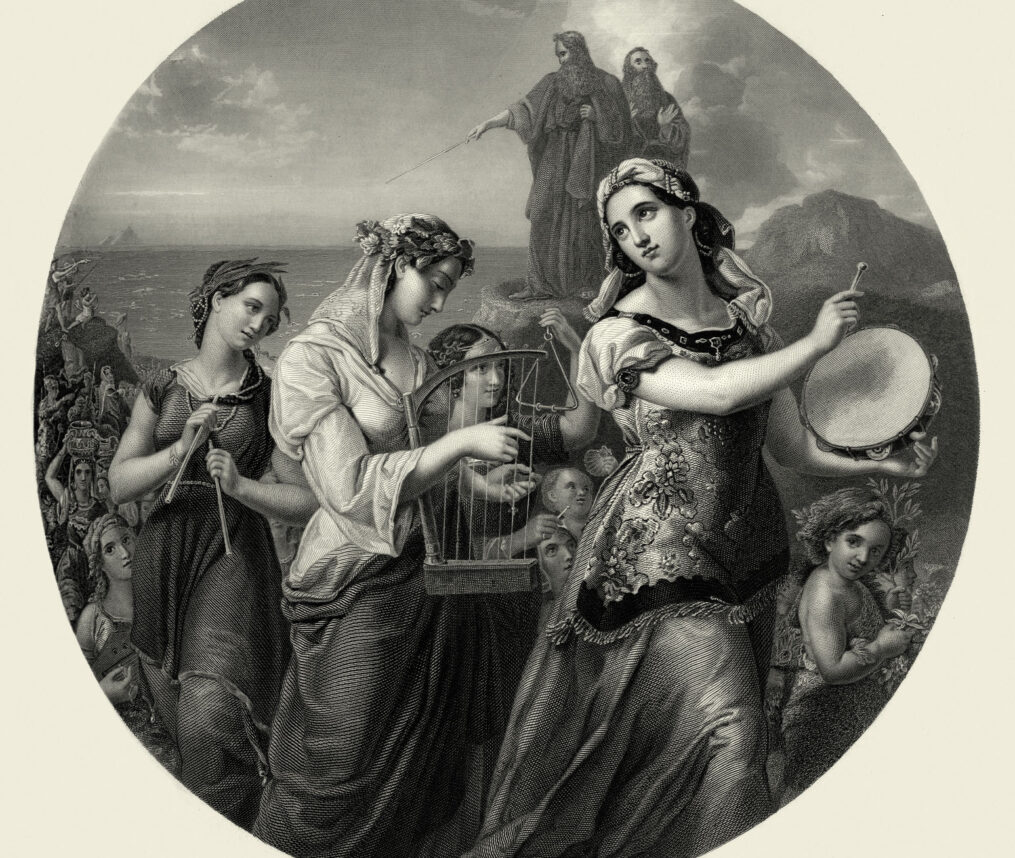


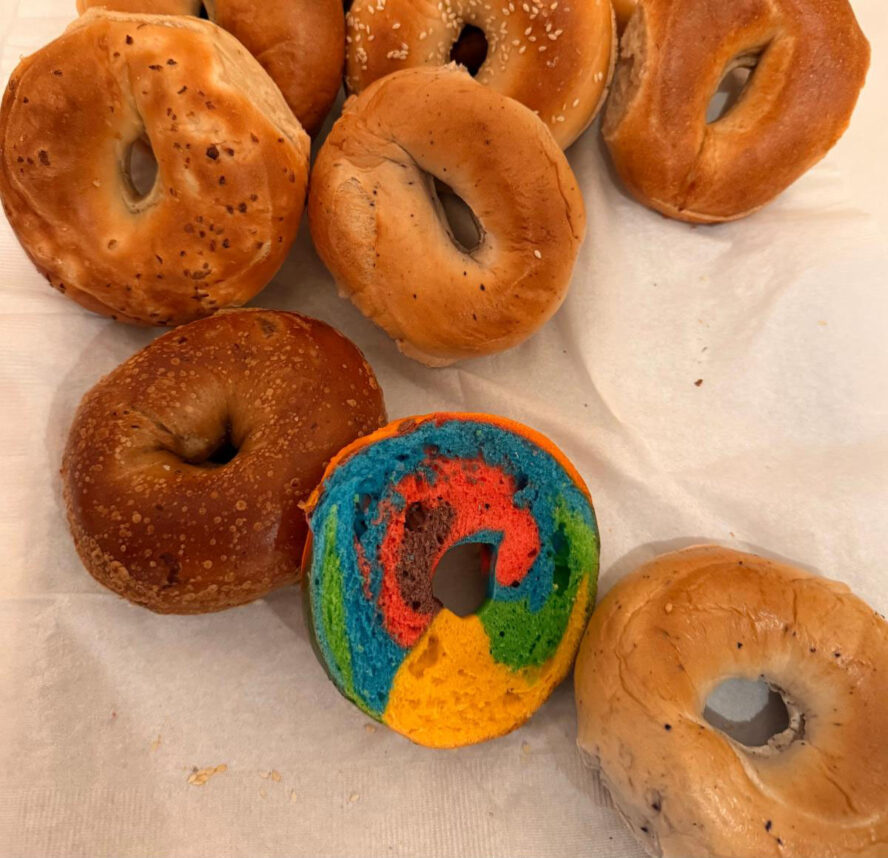



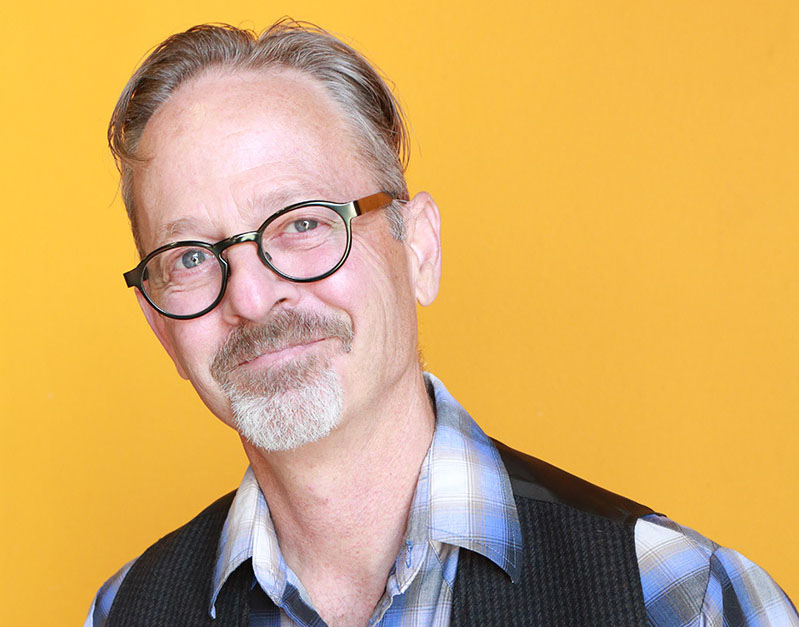


 More news and opinions than at a Shabbat dinner, right in your inbox.
More news and opinions than at a Shabbat dinner, right in your inbox.